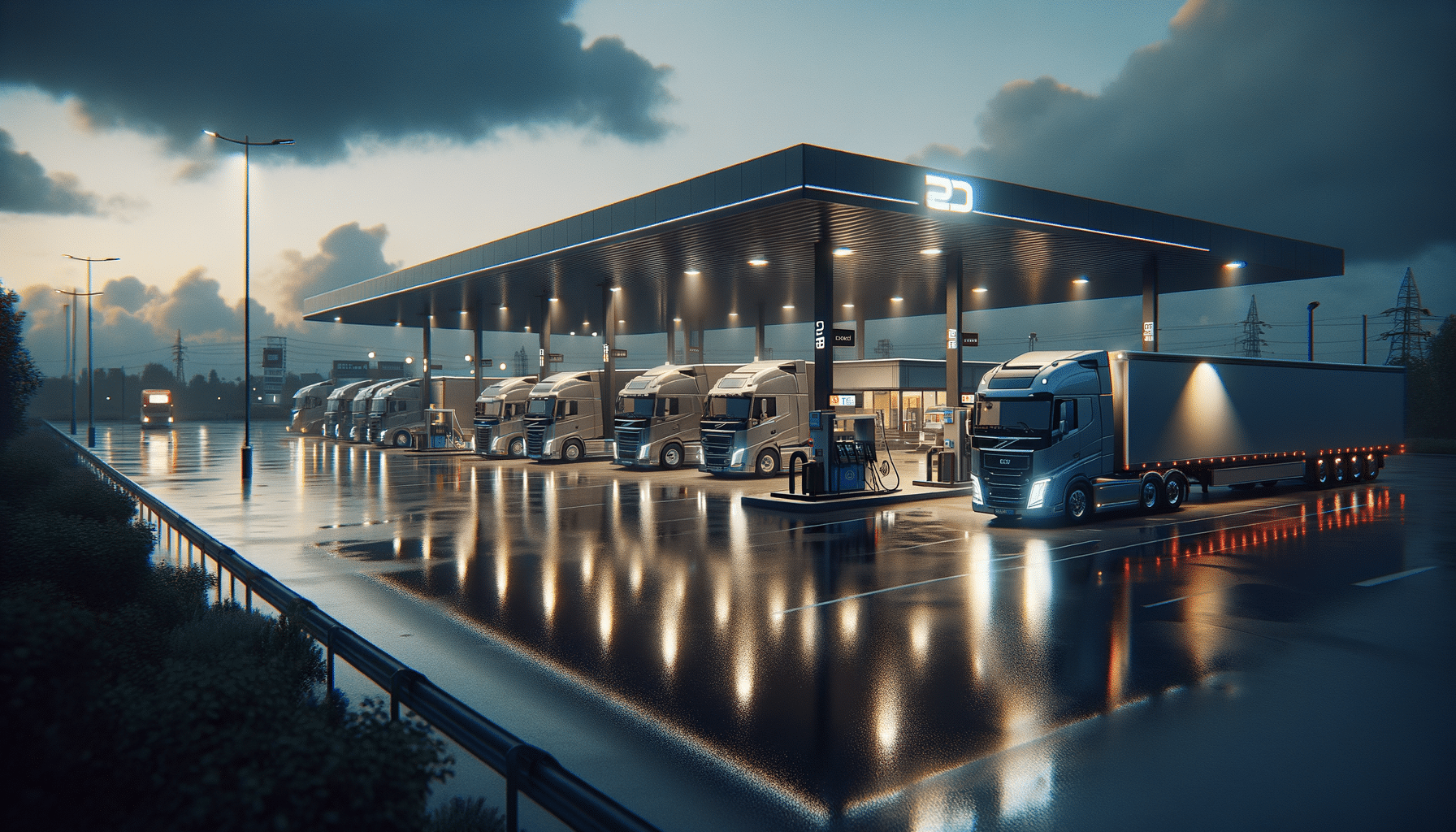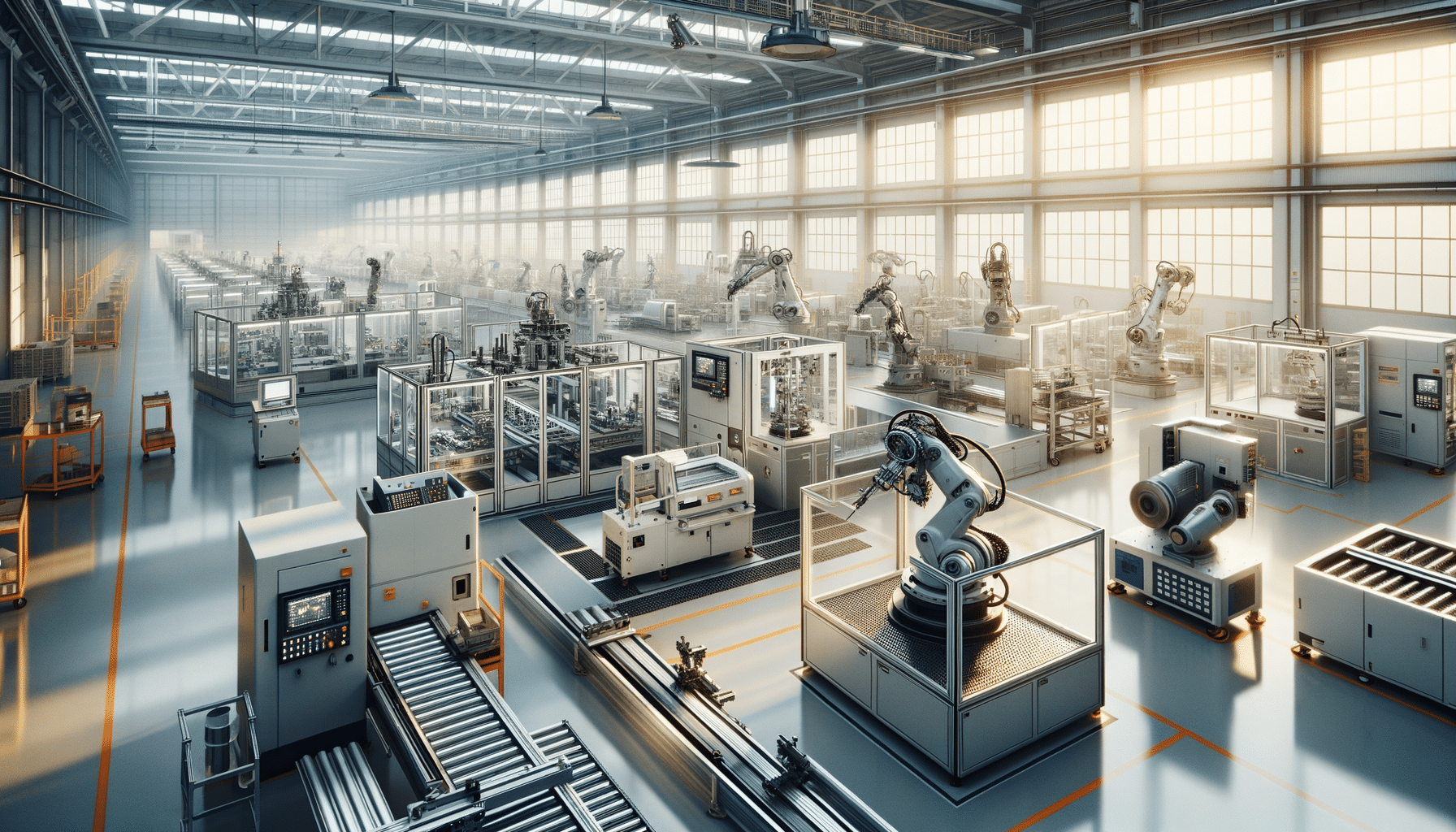
Evolving Role of the Truck Driver: Navigating the Roads of Change
The Changing Landscape of Truck Driving
In the past decade, the role of the truck driver has undergone significant transformation. Traditionally seen as a straightforward job focused on transporting goods from one location to another, truck driving has evolved into a multifaceted profession. This change is driven by advancements in technology, shifts in logistics demands, and new regulatory frameworks. The modern truck driver is now expected to be adept at using technology, such as GPS navigation systems and electronic logging devices, to enhance efficiency and safety. Additionally, the role requires a deep understanding of logistical planning, customer service, and regulations regarding driving hours and vehicle maintenance.
One of the most notable changes is the integration of autonomous technology. While fully autonomous trucks are not yet a common sight on highways, semi-autonomous features are being implemented to assist drivers. These include adaptive cruise control, lane-keeping assistance, and collision mitigation systems. These advancements aim to improve safety and efficiency, reducing the cognitive load on drivers and allowing them to focus more on route optimization and customer interactions.
Moreover, the increasing importance of sustainability in logistics has prompted the trucking industry to explore alternative fuels and more efficient driving practices. Truck drivers are now part of a broader initiative to reduce carbon footprints, requiring them to be knowledgeable about eco-friendly driving techniques and vehicle maintenance practices that enhance fuel efficiency.
Truckstops: More Than Just a Resting Place
Truckstops have traditionally served as essential rest points for drivers, offering food, fuel, and a place to rest. However, their role has expanded significantly in recent years. Modern truckstops are now hubs that provide a wide range of services designed to support the evolving needs of truck drivers. These facilities often include advanced amenities such as fitness centers, medical services, and even business centers where drivers can access the internet and handle administrative tasks.
The growth of truckstops as comprehensive service centers reflects the changing expectations and requirements of truck drivers. With longer hauls and tighter schedules, drivers need reliable places to recharge both physically and mentally. Truckstops offer a community environment where drivers can connect with peers, share experiences, and access support for both personal and professional challenges.
In addition to traditional services, many truckstops now offer educational resources and training programs. These initiatives help drivers stay informed about industry developments, safety protocols, and regulatory changes. By providing such resources, truckstops play a crucial role in ensuring that drivers are well-equipped to handle the complexities of modern trucking.
The Skills of a Modern Truck Driver
Being a truck driver today requires a diverse skill set that goes beyond handling a vehicle. Modern drivers must possess technical skills to operate sophisticated onboard systems and navigate complex logistics software. Familiarity with electronic logging devices and GPS systems is essential for efficient route planning and compliance with driving regulations.
Soft skills are equally important. Effective communication is crucial for interacting with dispatchers, customers, and regulatory authorities. Problem-solving skills are necessary for dealing with unexpected challenges on the road, such as route changes or vehicle issues. Additionally, time management skills are vital to ensure timely deliveries while adhering to driving hour regulations.
Truck drivers also need to be adaptable and open to continuous learning. The industry is constantly evolving, and drivers must be willing to update their skills and knowledge regularly. This adaptability is particularly important as new technologies and regulations are introduced, requiring drivers to adjust their practices and procedures accordingly.
The Impact of Technology on Truck Driving
Technology has had a profound impact on the trucking industry, reshaping the role of the truck driver. The introduction of telematics and fleet management systems has revolutionized how drivers and fleets operate. These systems provide real-time data on vehicle performance, location, and driver behavior, enabling more efficient management of resources and routes.
Electronic logging devices (ELDs) have become a standard tool for tracking driving hours and ensuring compliance with regulations. These devices help prevent fatigue-related accidents by monitoring rest periods and driving times. Additionally, they streamline administrative tasks, reducing the paperwork burden on drivers and allowing them to focus more on driving and customer service.
The rise of mobile apps and digital platforms has also transformed communication and logistics. Drivers can now receive real-time updates on traffic conditions, weather, and delivery schedules through their smartphones. These tools enhance flexibility and allow drivers to make informed decisions on the go, improving overall efficiency and customer satisfaction.
Conclusion: The Future of Truck Driving
The role of the truck driver is continuously evolving, reflecting broader changes in technology, logistics, and societal expectations. As the industry moves toward greater automation and sustainability, truck drivers will need to adapt to new technologies and practices. This evolution presents both challenges and opportunities, requiring drivers to be proactive in updating their skills and embracing change.
Truckstops will continue to play a vital role in supporting drivers, offering a range of services that cater to their professional and personal needs. As these facilities evolve, they will become even more integral to the truck driving experience, providing spaces for rest, learning, and community building.
Ultimately, the future of truck driving will be shaped by the ability of drivers, industry stakeholders, and policymakers to collaborate and innovate. By embracing new technologies and practices, the trucking industry can enhance safety, efficiency, and sustainability, ensuring a prosperous future for all involved.


